1. Seal Up Those Drafty Windows
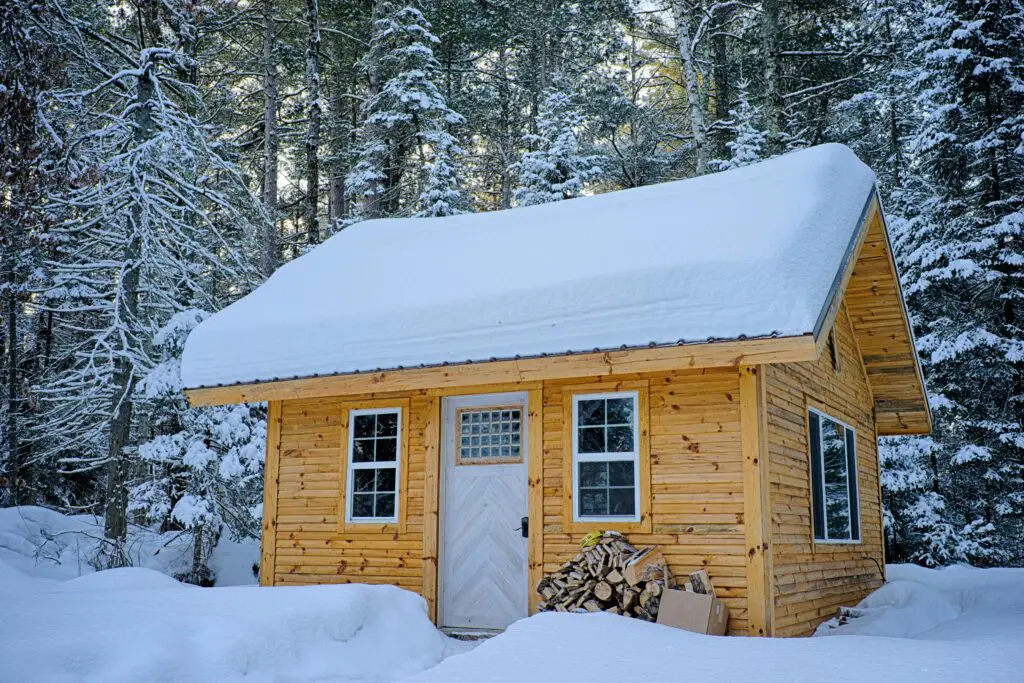
If you feel a cold breeze sneaking in, your windows might be the culprit. Grab some weatherstripping or caulking to seal gaps around window frames. For an even quicker fix, try clear plastic film insulation kits, which stick to your window with double-sided tape and shrink with a hair dryer to lock in warmth. Not only do they keep the heat inside, but they’re also affordable and easy to install. A quick afternoon of sealing can make a world of difference and lower your heating bill.
2. Add Thick Curtains or Thermal Drapes

Sometimes all it takes to keep the cold out is a good set of curtains. Swap out thin, sheer drapes for heavy, lined curtains or thermal insulated ones. These trap warm air inside and block the chill from your windows. Close them as soon as the sun sets to keep your rooms cozy. During sunny hours, open them up to let natural light and heat in—free warmth from nature!
3. Block Drafts Under Doors
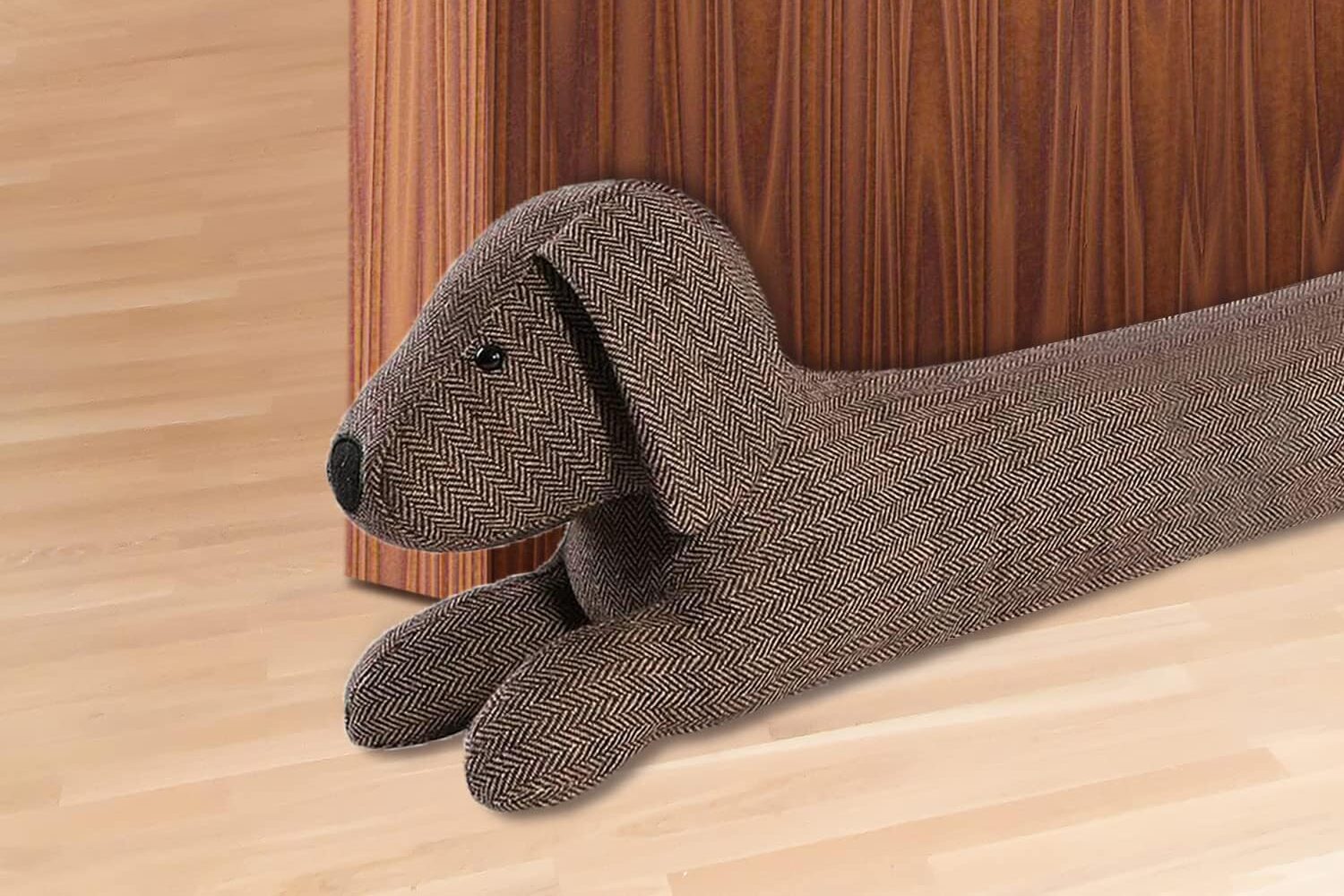
Cold air loves sneaking under doors, especially ones leading to the outside or garages. Door draft stoppers, also called door snakes, are an easy solution. You can buy one or even DIY by rolling up an old towel or blanket. Slide it against the bottom of the door, and you’ll instantly feel the difference. If drafts persist, consider installing a door sweep for a more permanent fix.
4. Layer Up Rugs on Bare Floors

Bare floors, especially hardwood or tile, can feel like walking on ice. Add some cozy rugs to insulate the space and create a warmer vibe. If you’ve got large, chilly rooms, layering rugs on top of one another not only adds insulation but also creates a stylish look. Don’t forget to use non-slip pads underneath for safety! Rugs act as a barrier, preventing heat loss through the floor while keeping your toes toasty.
5. Insulate Your Attic
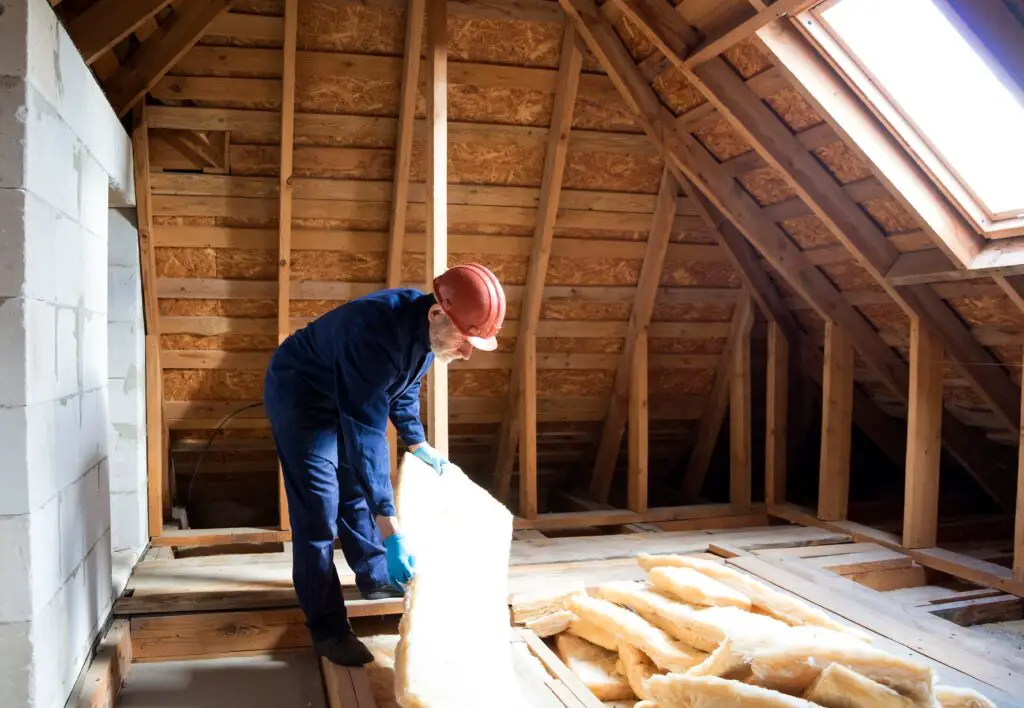
Heat rises, and if your attic isn’t properly insulated, all that cozy warmth escapes right through the roof. Check your attic insulation and add more if it’s looking sparse. Materials like fiberglass batts, spray foam, or blown-in insulation work wonders for sealing heat in. While it may feel like a big project, the long-term energy savings make it well worth the effort. Plus, your house will stay warmer without cranking up the thermostat.
6. Use Draft-Proof Outlet Covers
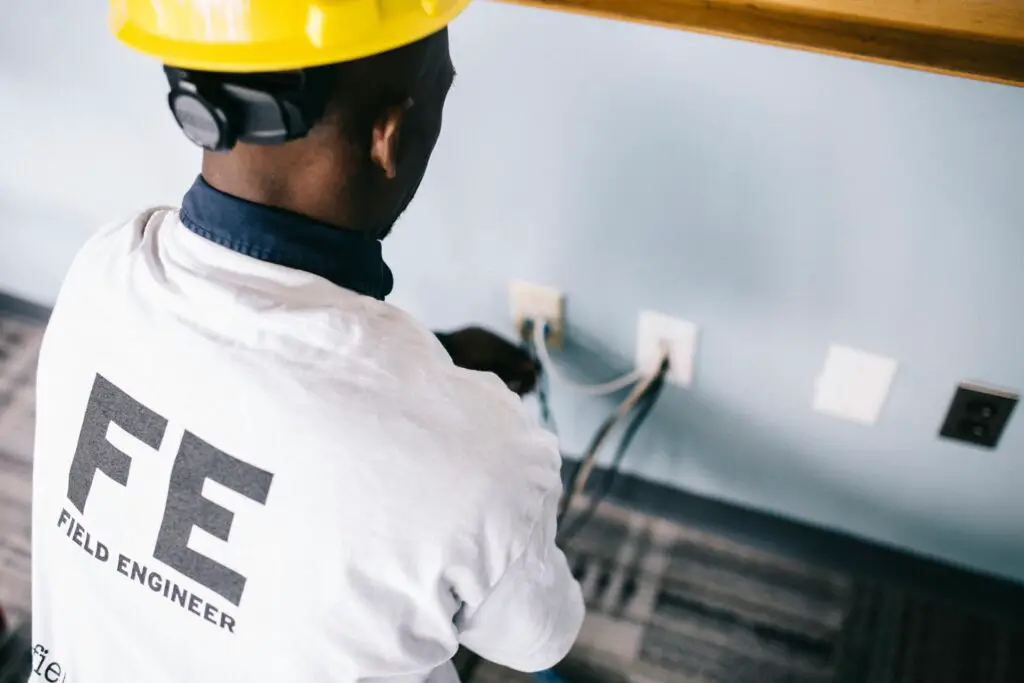
You might not realize it, but electrical outlets on exterior walls can let in cold air. Insulating them is surprisingly simple with foam outlet gaskets. Just remove the outlet cover, place the gasket behind it, and screw the cover back on. These little additions block drafts you didn’t know existed. It’s a small investment that can lead to noticeable warmth.
7. Upgrade to a Programmable Thermostat

A programmable thermostat is a winter game-changer. It allows you to control when and how much you heat your home, saving energy and money. Set it to lower temperatures when you’re asleep or away and program it to warm up before you wake up or get home. It’s a no-brainer way to keep things cozy without running your heater full blast all day.
8. Use Reflective Foil Behind Radiators
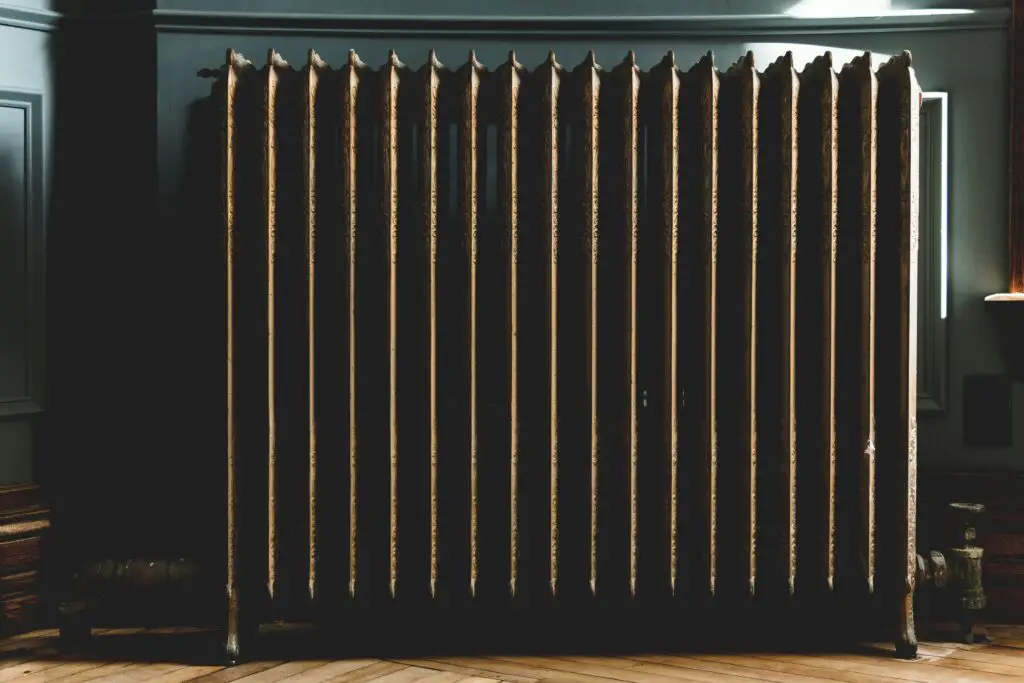
If you have radiators, they might be sending heat into the wall instead of your room. Installing reflective foil panels behind them helps bounce the warmth back into your space. You can purchase ready-made panels or DIY using aluminum foil and cardboard. This little hack boosts the efficiency of your radiators, making rooms feel warmer faster.
9. Install Insulated Blinds or Shades
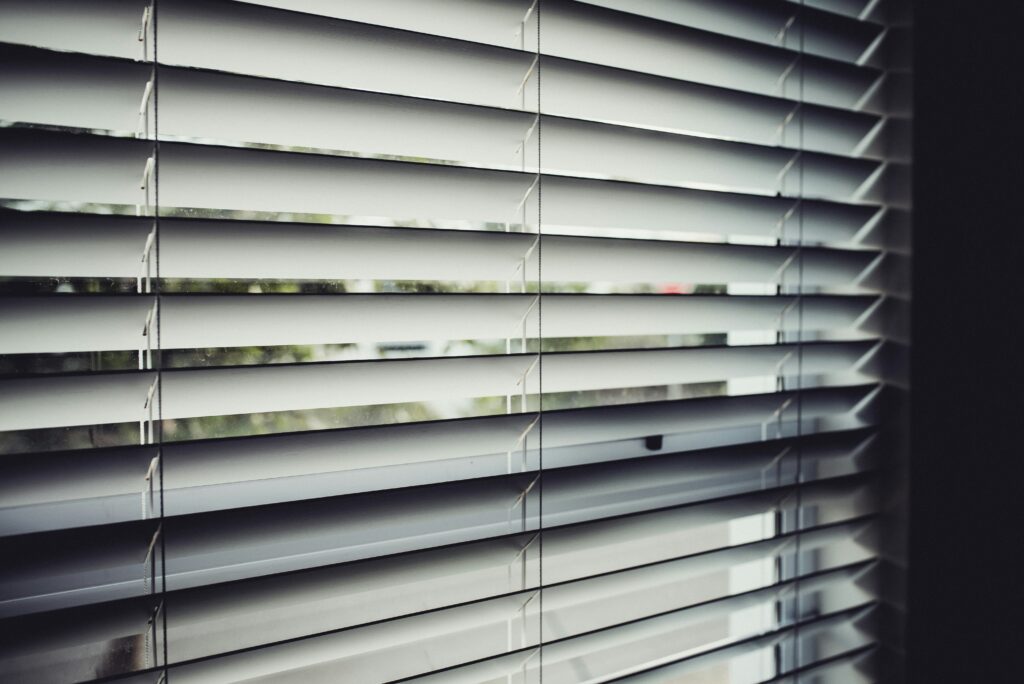
Standard blinds look nice, but they’re not always effective at keeping the cold out. Switch to insulated cellular shades, also known as honeycomb blinds, which trap air in pockets and act as a thermal barrier. These shades are perfect for winter because they help maintain a comfortable indoor temperature. For maximum benefit, close them tightly at night and open them during the day for sunlight.
10. Rearrange Your Furniture
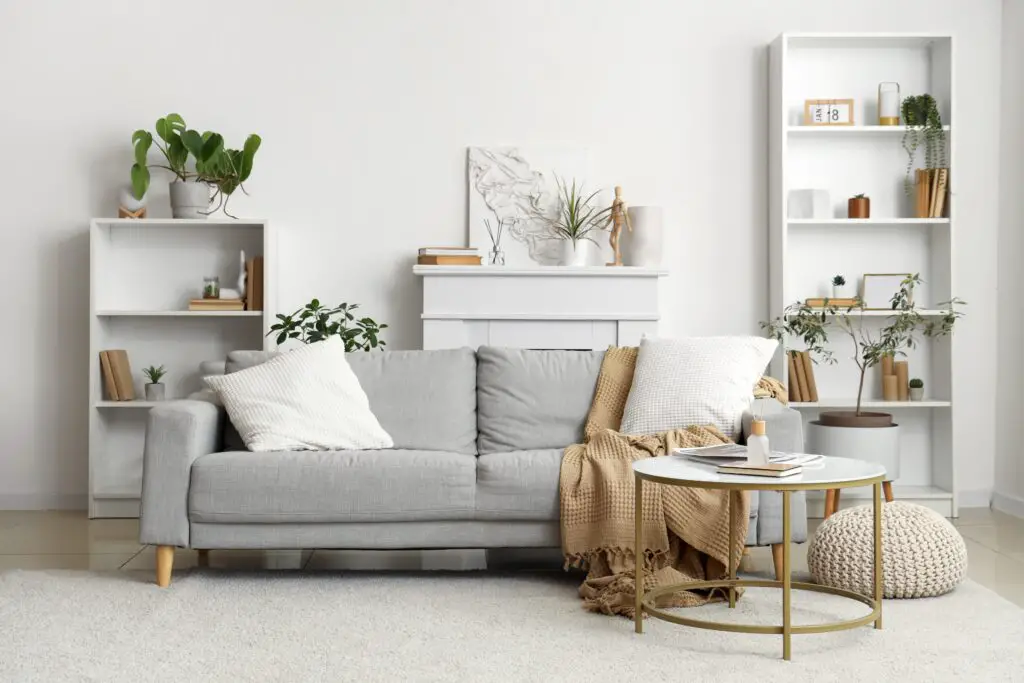
Sometimes, the way your furniture is arranged can impact how warm you feel. Move couches, chairs, and beds away from windows or exterior walls where drafts are strongest. If a radiator or vent is blocked by furniture, reposition it so heat can circulate freely. Simple adjustments like these make a room feel cozier without spending a dime.
11. Hang Tapestries or Insulated Wall Panels
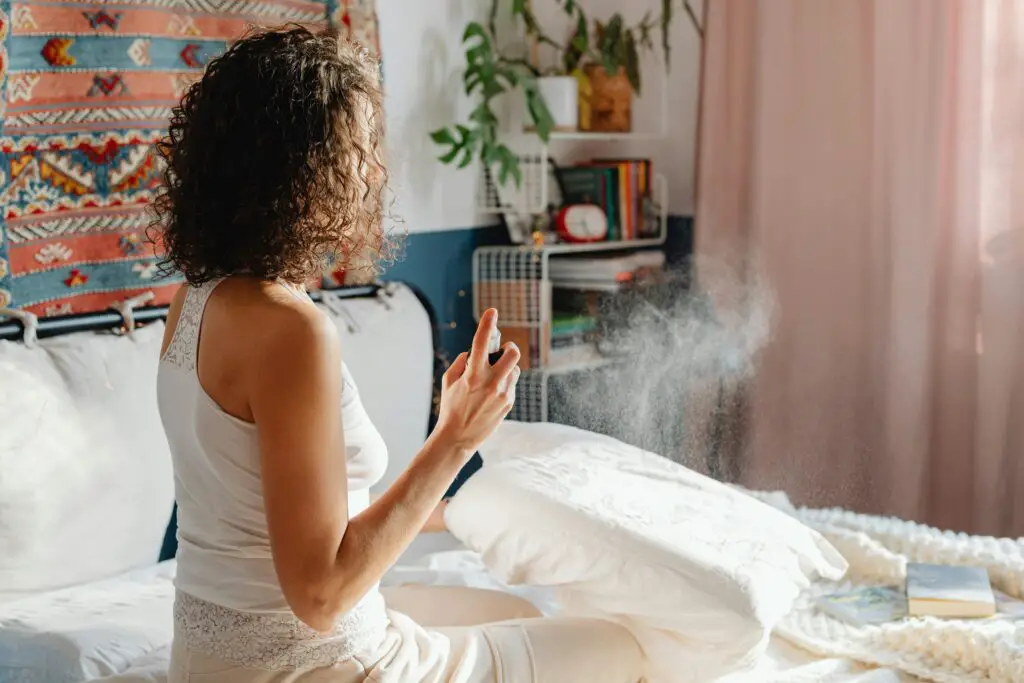
Walls can get surprisingly cold, especially if they’re poorly insulated. Hanging thick tapestries, blankets, or even insulated wall panels can help keep the chill at bay. Not only does this add a decorative touch to your space, but it also creates an extra layer of warmth. It’s an old trick that’s both functional and charming.
12. Bundle Up Your Water Heater

If your water heater lives in a cold basement or garage, it could be losing heat faster than you realize. Wrapping it in an insulating blanket helps keep the heat inside, reducing energy use and ensuring you get hot water faster. These blankets are affordable, easy to install, and can save you money on your energy bill over time. Your showers will stay steamy, and your wallet will thank you.
13. Use Space Heaters Wisely
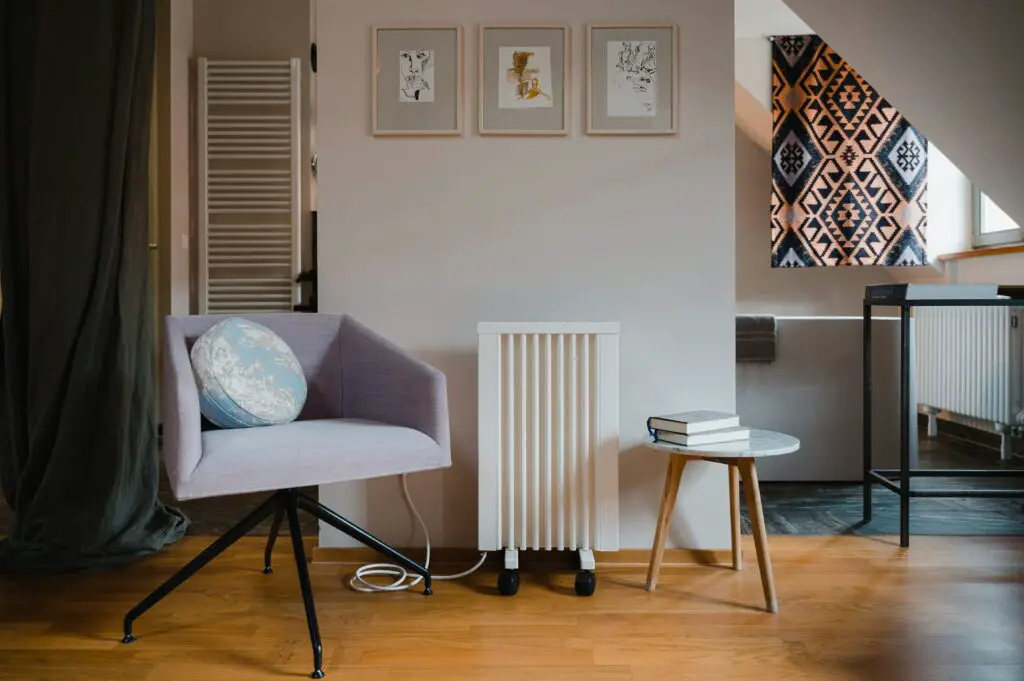
Space heaters can be lifesavers when you’re battling a particularly cold room. Place them in areas where you spend the most time, like your home office or living room. Be sure to use energy-efficient models and always follow safety guidelines. For extra coziness, close the door to keep the heat concentrated. It’s like creating your own mini-winter oasis.
14. Keep Vents and Radiators Clear
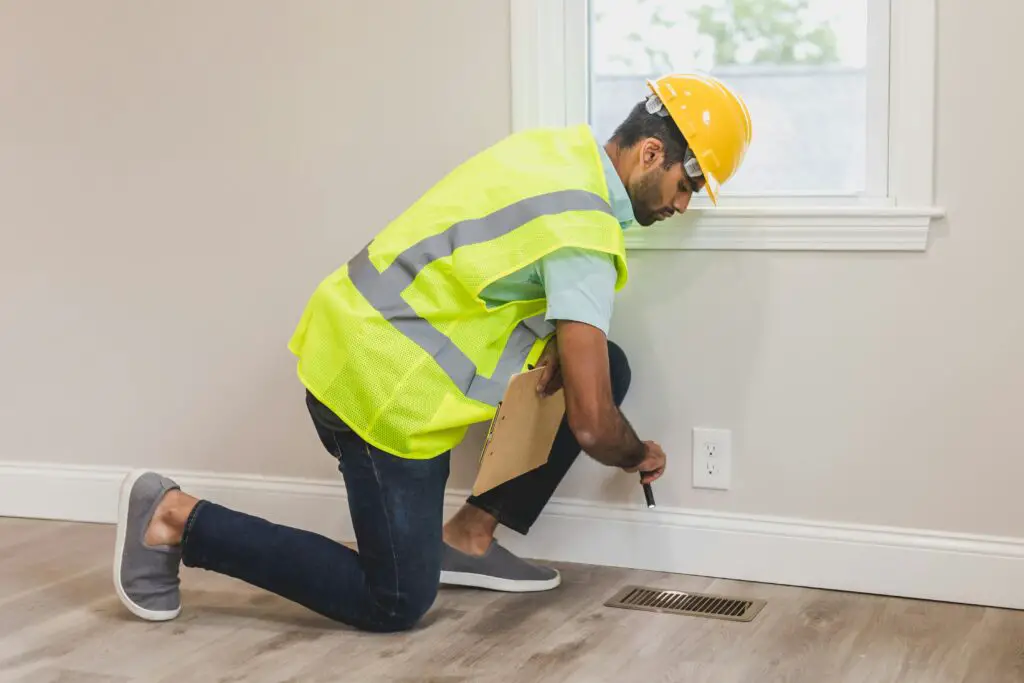
Blocked vents or radiators are a common cause of chilly rooms. Take a walk through your house and make sure they’re not covered by furniture, curtains, or rugs. Clearing obstructions allows heat to circulate freely, warming up your space more effectively. It’s a quick fix that doesn’t cost a thing.
15. Bake More Often
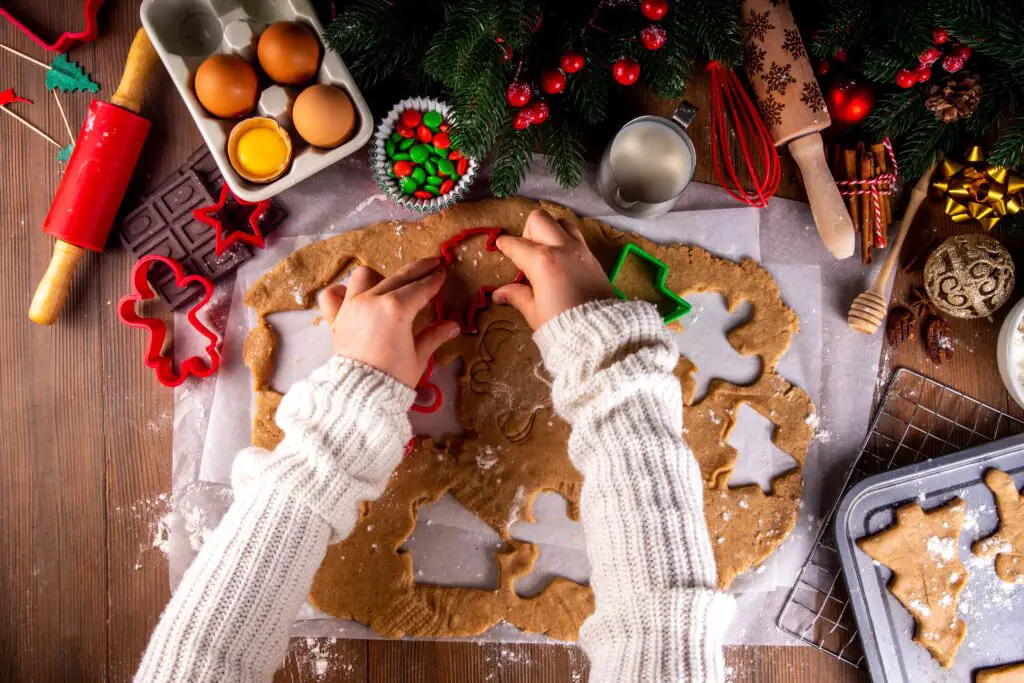
Here’s a delicious way to warm up your home: start baking! Your oven generates heat, which helps warm up your kitchen and surrounding areas. Try making comfort foods like cookies, casseroles, or fresh bread—it’s a win-win. Just remember to turn the oven off when you’re done cooking and never use it as a primary heat source. Cozy vibes and tasty treats? Yes, please!
